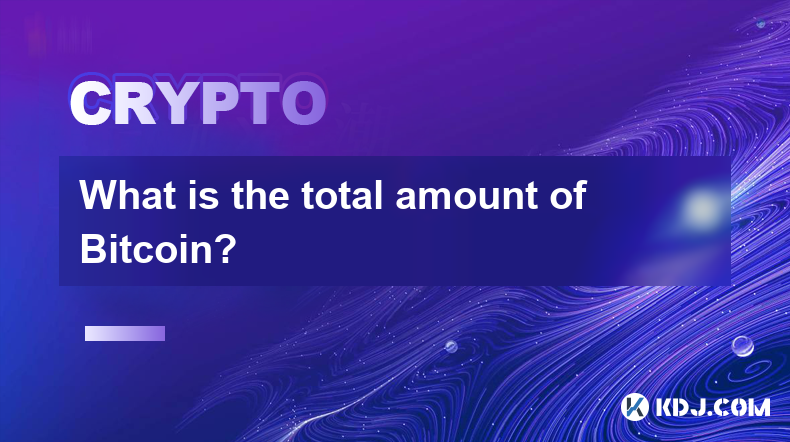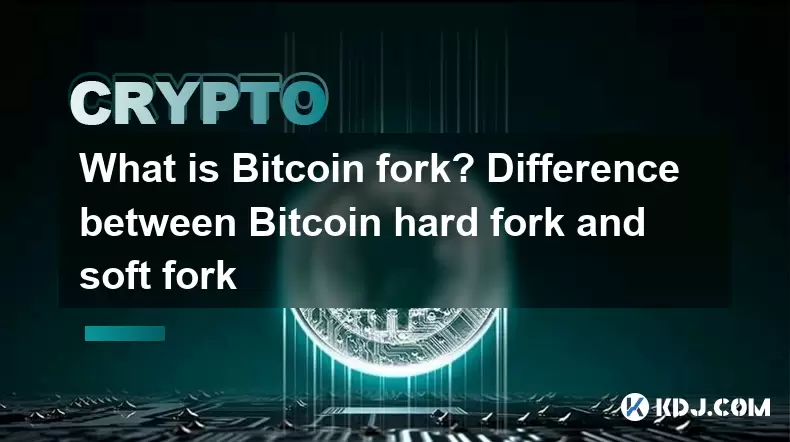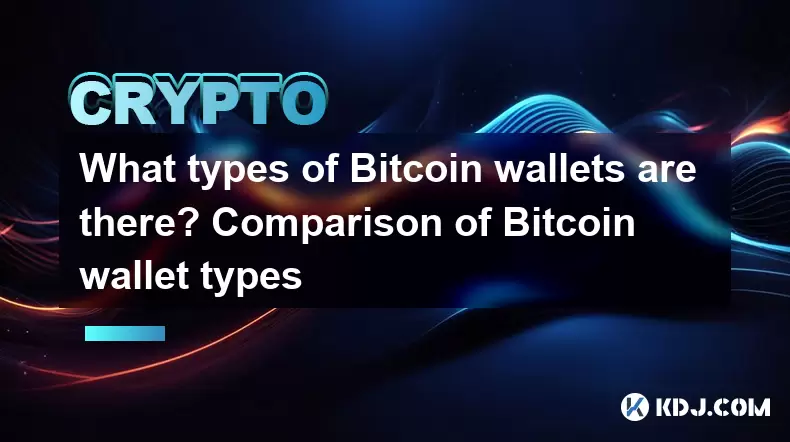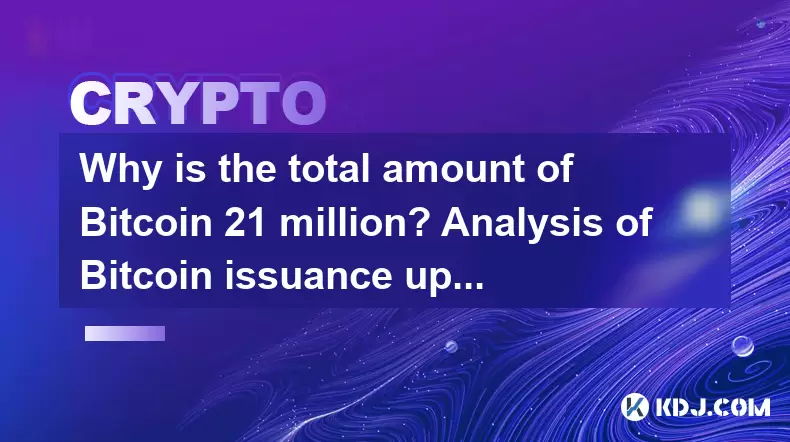-
 Bitcoin
Bitcoin $104,725.9772
-0.53% -
 Ethereum
Ethereum $2,514.7403
-1.26% -
 Tether USDt
Tether USDt $1.0005
0.00% -
 XRP
XRP $2.1364
-0.42% -
 BNB
BNB $644.3840
-1.43% -
 Solana
Solana $144.4839
-1.40% -
 USDC
USDC $0.9999
0.01% -
 Dogecoin
Dogecoin $0.1771
-0.58% -
 TRON
TRON $0.2695
0.12% -
 Cardano
Cardano $0.6237
-2.14% -
 Hyperliquid
Hyperliquid $40.1548
-2.81% -
 Sui
Sui $2.8792
-4.83% -
 Chainlink
Chainlink $12.9941
-2.37% -
 Bitcoin Cash
Bitcoin Cash $426.5277
-0.96% -
 UNUS SED LEO
UNUS SED LEO $9.0445
-0.08% -
 Avalanche
Avalanche $18.9383
-1.44% -
 Stellar
Stellar $0.2559
-1.64% -
 Toncoin
Toncoin $2.9326
-2.25% -
 Shiba Inu
Shiba Inu $0.0...01201
0.41% -
 Hedera
Hedera $0.1535
-2.13% -
 Litecoin
Litecoin $84.9827
0.22% -
 Polkadot
Polkadot $3.7582
-1.69% -
 Ethena USDe
Ethena USDe $1.0004
0.00% -
 Monero
Monero $313.0333
0.32% -
 Dai
Dai $1.0000
0.01% -
 Bitget Token
Bitget Token $4.5307
0.30% -
 Pepe
Pepe $0.0...01095
0.41% -
 Uniswap
Uniswap $7.1944
-3.37% -
 Pi
Pi $0.6071
6.63% -
 Aave
Aave $271.2732
-3.54%
What is the total amount of Bitcoin?
Bitcoin's fixed supply of 21 million, hardcoded into its protocol, creates scarcity, a key driver of its value. Mining continues until around 2140, with halving events reducing new coin creation. Lost coins further reduce the circulating supply.
Mar 06, 2025 at 11:00 pm

Key Points:
- Bitcoin's total supply is capped at 21 million coins.
- This limit is hardcoded into the Bitcoin protocol.
- The scarcity of Bitcoin is a key factor driving its value.
- Mining new Bitcoins follows a predetermined halving schedule.
- The last Bitcoin is not expected to be mined until around the year 2140.
- There are also lost or inaccessible Bitcoins, reducing the circulating supply.
What is the total amount of Bitcoin?
The total amount of Bitcoin that will ever exist is a fixed number: 21 million. This isn't an arbitrary figure; it's a fundamental parameter built into the Bitcoin code itself. This hard cap on the total supply is a crucial element of Bitcoin's design, differentiating it from many other cryptocurrencies and traditional fiat currencies. The scarcity of Bitcoin is a significant factor in its value proposition.
How is the 21 million Bitcoin limit achieved?
The 21 million Bitcoin limit is reached through a process called "mining." Miners use powerful computers to solve complex mathematical problems, and the first miner to solve the problem gets to add a block of transactions to the blockchain and is rewarded with newly minted Bitcoins. The number of Bitcoins awarded per block decreases over time according to a pre-programmed halving schedule.
What is the Bitcoin halving schedule?
Approximately every four years, the reward for mining a block of Bitcoin transactions is halved. This halving event reduces the rate at which new Bitcoins enter circulation. This halving schedule ensures a gradual decrease in the rate of new Bitcoin creation, ultimately leading to the 21 million coin limit. The first halving occurred in 2012, the second in 2016, the third in 2020, and the next is anticipated around 2024.
When will all Bitcoin be mined?
The final Bitcoin is not expected to be mined until approximately the year 2140. This is a long-term projection based on the current halving schedule and the assumption that the Bitcoin network continues to operate as designed. It's important to note that various factors, such as changes in mining hardware or network activity, could slightly alter this timeline. However, the overall trajectory remains consistent with the 21 million limit.
What about lost or inaccessible Bitcoin?
A significant portion of the Bitcoin already mined may be considered "lost" or inaccessible. This can be due to several factors including forgotten passwords, lost hardware wallets, or deceased owners. These lost Bitcoins are effectively removed from circulation, further contributing to the scarcity of Bitcoin and potentially impacting its overall market dynamics. Estimating the precise amount of lost Bitcoin is challenging, but it's a factor that influences the effectively circulating supply.
Is the 21 million Bitcoin limit fixed and unchangeable?
Yes, the 21 million Bitcoin limit is a fundamental and unchangeable aspect of the Bitcoin protocol. It's deeply ingrained in the code, and altering this parameter would require a consensus among the vast majority of Bitcoin miners and nodes, which is highly improbable. The immutability of this limit is a key element of Bitcoin's security and its appeal as a decentralized and scarce digital asset.
Does the 21 million limit guarantee Bitcoin's value?
The 21 million limit is a significant factor in Bitcoin's value proposition, contributing to its scarcity. However, it does not guarantee its value. The market price of Bitcoin is influenced by numerous factors including supply and demand, market sentiment, regulatory developments, and technological advancements. While scarcity is a positive factor, other factors play a significant role in determining the price.
Could more Bitcoin be created in the future?
No, the Bitcoin protocol prevents the creation of more than 21 million Bitcoin. Any attempts to circumvent this limit would violate the core principles of the Bitcoin network and would be rejected by the vast majority of nodes. The immutability of the 21 million limit is a cornerstone of Bitcoin's security and decentralized nature.
What happens after all Bitcoin is mined?
Once all 21 million Bitcoin are mined, the only way to obtain Bitcoin will be through buying it from existing holders or receiving it as a payment. Miners will continue to process transactions and secure the network, earning transaction fees instead of newly minted Bitcoin. Transaction fees will become the primary incentive for miners to continue operating the network.
Frequently Asked Questions:
Q: What is the current circulating supply of Bitcoin?
A: The current circulating supply is slightly below 21 million, with some Bitcoins lost or inaccessible. The precise number fluctuates slightly and can be tracked on various cryptocurrency data websites.
Q: Will the Bitcoin halving affect the price?
A: Historically, Bitcoin halvings have been followed by periods of price increase, though this is not guaranteed. The halving reduces the supply of new Bitcoin entering the market, potentially creating scarcity and influencing demand. However, other market factors can also impact price movements.
Q: Can I mine Bitcoin at home?
A: While technically possible, mining Bitcoin at home is generally unprofitable for individuals due to the high energy costs and competition from large-scale mining operations.
Q: Is Bitcoin truly scarce?
A: Bitcoin's scarcity is a relative concept. While its total supply is limited, other factors like lost coins and the possibility of alternative cryptocurrencies need to be considered when discussing scarcity in a broader context.
Disclaimer:info@kdj.com
The information provided is not trading advice. kdj.com does not assume any responsibility for any investments made based on the information provided in this article. Cryptocurrencies are highly volatile and it is highly recommended that you invest with caution after thorough research!
If you believe that the content used on this website infringes your copyright, please contact us immediately (info@kdj.com) and we will delete it promptly.
- DOGE, $PEPE Alongside $BONK and FLOKI Could Reach Returns from 5x to 100x
- 2025-06-15 01:50:13
- Kitchener Clinic parking fees going up on May 1
- 2025-06-15 01:50:13
- BetMGM Bonus Code CUSE150 Delivers Upgraded Promos for Warriors vs. Rockets and Timberwolves vs. Lakers Game 5
- 2025-06-15 01:45:13
- May 2025's Hottest Pre-Sale Tokens Are Ready to Explode
- 2025-06-15 01:45:13
- Web3 Leaders Praise UnionBank Crypto Rollout, Eyeing Corporate Integration
- 2025-06-15 01:40:12
- Australia's financial regulator is going after inactive crypto companies still appearing on official lists
- 2025-06-15 01:40:12
Related knowledge

What to do with unconfirmed Bitcoin transactions? Summary of accelerated confirmation methods
Jun 14,2025 at 01:21am
Understanding Unconfirmed Bitcoin TransactionsWhen a Bitcoin transaction is broadcast to the network but has not yet been included in a block, it is referred to as an unconfirmed transaction. This typically happens due to network congestion or low transaction fees. While unconfirmed transactions are not finalized, they remain in the mempool, waiting for...

How to use Bitcoin multi-signature? Multi-signature wallet security settings
Jun 15,2025 at 12:14am
What is Bitcoin Multi-Signature?Bitcoin multi-signature (or multisig) refers to a type of digital signature that allows multiple parties to sign a transaction. Unlike traditional single-signature wallets, where only one private key is needed to authorize a transfer, multi-signature wallets require more than one private key to complete a transaction. Thi...

What is the Bitcoin inflation rate? Impact of Bitcoin halving mechanism
Jun 14,2025 at 08:50am
Understanding Bitcoin Inflation RateThe Bitcoin inflation rate refers to the rate at which new bitcoins are introduced into circulation. Unlike traditional fiat currencies, where central banks can print money at will, Bitcoin operates on a predetermined issuance schedule set by its protocol. This controlled supply mechanism is designed to mimic scarcity...

What is Bitcoin fork? Difference between Bitcoin hard fork and soft fork
Jun 13,2025 at 08:35pm
Understanding Bitcoin ForksA Bitcoin fork refers to a change in the blockchain's protocol rules that creates a divergence in the blockchain. This means that at some point, two different versions of the blockchain can exist simultaneously. Forks are essential mechanisms for updating or upgrading the Bitcoin network. They occur when there is a disagreemen...

What types of Bitcoin wallets are there? Comparison of Bitcoin wallet types
Jun 14,2025 at 06:35am
What Are the Different Types of Bitcoin Wallets?Bitcoin wallets are essential tools for anyone who owns or plans to own Bitcoin. These wallets do not actually store Bitcoin but instead hold private keys that allow users to access their funds on the blockchain. There are several types of Bitcoin wallets, each with distinct features, benefits, and risks. ...

Why is the total amount of Bitcoin 21 million? Analysis of Bitcoin issuance upper limit
Jun 13,2025 at 08:56pm
Bitcoin's 21 Million Cap: Origins and MechanismThe total supply of Bitcoin is capped at 21 million, a number hardcoded into the protocol by its creator, Satoshi Nakamoto. This limit was established to ensure scarcity, a key factor in Bitcoin’s design as a decentralized digital currency. Unlike fiat currencies, which can be printed indefinitely by centra...

What to do with unconfirmed Bitcoin transactions? Summary of accelerated confirmation methods
Jun 14,2025 at 01:21am
Understanding Unconfirmed Bitcoin TransactionsWhen a Bitcoin transaction is broadcast to the network but has not yet been included in a block, it is referred to as an unconfirmed transaction. This typically happens due to network congestion or low transaction fees. While unconfirmed transactions are not finalized, they remain in the mempool, waiting for...

How to use Bitcoin multi-signature? Multi-signature wallet security settings
Jun 15,2025 at 12:14am
What is Bitcoin Multi-Signature?Bitcoin multi-signature (or multisig) refers to a type of digital signature that allows multiple parties to sign a transaction. Unlike traditional single-signature wallets, where only one private key is needed to authorize a transfer, multi-signature wallets require more than one private key to complete a transaction. Thi...

What is the Bitcoin inflation rate? Impact of Bitcoin halving mechanism
Jun 14,2025 at 08:50am
Understanding Bitcoin Inflation RateThe Bitcoin inflation rate refers to the rate at which new bitcoins are introduced into circulation. Unlike traditional fiat currencies, where central banks can print money at will, Bitcoin operates on a predetermined issuance schedule set by its protocol. This controlled supply mechanism is designed to mimic scarcity...

What is Bitcoin fork? Difference between Bitcoin hard fork and soft fork
Jun 13,2025 at 08:35pm
Understanding Bitcoin ForksA Bitcoin fork refers to a change in the blockchain's protocol rules that creates a divergence in the blockchain. This means that at some point, two different versions of the blockchain can exist simultaneously. Forks are essential mechanisms for updating or upgrading the Bitcoin network. They occur when there is a disagreemen...

What types of Bitcoin wallets are there? Comparison of Bitcoin wallet types
Jun 14,2025 at 06:35am
What Are the Different Types of Bitcoin Wallets?Bitcoin wallets are essential tools for anyone who owns or plans to own Bitcoin. These wallets do not actually store Bitcoin but instead hold private keys that allow users to access their funds on the blockchain. There are several types of Bitcoin wallets, each with distinct features, benefits, and risks. ...

Why is the total amount of Bitcoin 21 million? Analysis of Bitcoin issuance upper limit
Jun 13,2025 at 08:56pm
Bitcoin's 21 Million Cap: Origins and MechanismThe total supply of Bitcoin is capped at 21 million, a number hardcoded into the protocol by its creator, Satoshi Nakamoto. This limit was established to ensure scarcity, a key factor in Bitcoin’s design as a decentralized digital currency. Unlike fiat currencies, which can be printed indefinitely by centra...
See all articles

























































































